| Expanding the Russian market for textiles Greening the textile production chain - need to establish a strategy |
According to Mr. Pham Xuan Hong - Chairman of the Ho Chi Minh City Textile - Garment - Embroidery - Knitting Association, at present, textile and garment export orders are "more optimistic", many large enterprises have orders until the end of the third quarter of 2024. Although the order quantity is still small and the price is low, it is "much less difficult" than in 2023.
Although they are no longer too worried about orders, domestic textile and garment enterprises are worried about the lack of capital to serve production. Talking about this, Mr. Le Tien Truong - Chairman of the Board of Directors of Vietnam Textile and Garment Group analyzed that the difficulty in accessing loans stems from the ineffective production and business results in 2023 of textile and garment enterprises, especially yarn enterprises. Therefore, commercial banks find it more difficult to consider lending sources than in previous years.
Therefore, the credit capital trend in 2024 is lower than in 2023. In particular, the fiber industry is only approved with a limit 20% lower than in 2023, so when the market warms up, businesses will lack working capital to import raw materials and organize production.
“ If we do not accompany businesses with specific policies at this time, especially with fiber businesses, we will miss the opportunity for the industry to recover. When fiber production and trading businesses are narrowed down, difficulties will be compounded, and the opportunity to regain what was lost in 2023 will be even more distant, ” said Mr. Le Tien Truong.
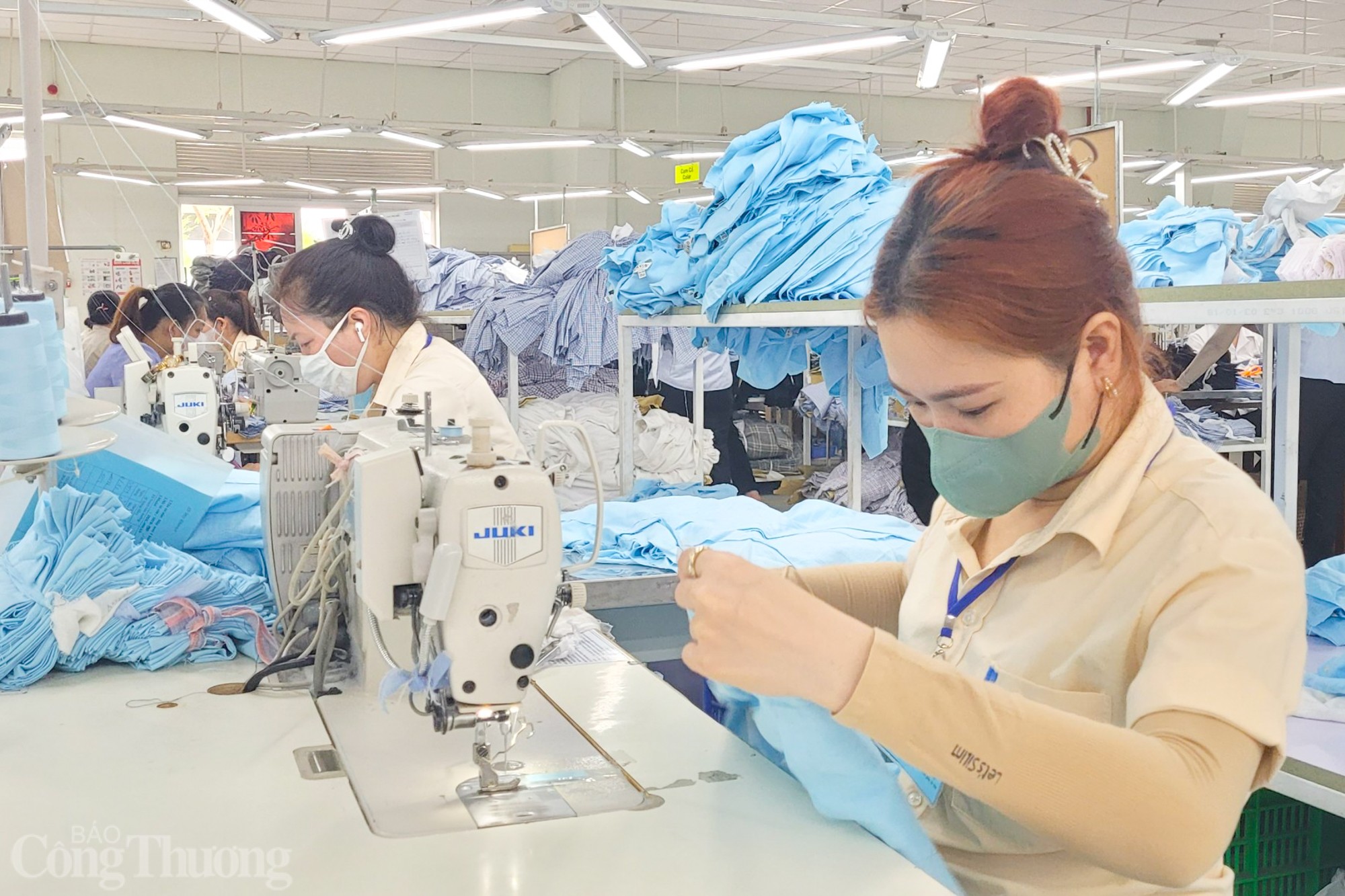 |
| Textile and garment enterprises need more flexible credit policies |
The leader of Vietnam Textile and Garment Group also said that the lessons learned from 2020, when the Covid-19 pandemic appeared, many credit and tax reduction policies of the State were effective, thanks to which many businesses overcame difficulties and did not go bankrupt. In 2021, textile and garment enterprises recovered strongly, which was the year with the peak profit of the whole industry.
Facing many fluctuations and crises, the textile industry is also struggling, but that does not mean the market is lost. Therefore, accompanying businesses to overcome difficult times to maintain the industry, maintain labor, and maintain market share is the condition and opportunity to regain what has been lost.
“ During this period, commercial banks calculate from the recovery opportunities available to businesses, the effectiveness of each order to decide to continue granting credit limits, not considering from the beginning of the year on the basis of very bad production and business results in 2023 and cutting 20%, 25% as is happening now. Some businesses have had their credit limits cut by 16-17% by banks, but there are also banks that have cut quite deeply from 30-40% of the limit ,” Mr. Le Tien Truong suggested.
Vietnam Textile and Garment Group also hopes to have a common credit package for the whole Group so that good businesses can share with struggling businesses, thereby together taking advantage of business opportunities that are showing signs of improvement.
Commenting on financial trends in the last 6 months of 2024, at a recent seminar on credit and monetary policy organized by the Vietnam Textile and Garment Group, Dr. Truong Van Phuoc - Former Acting Chairman of the National Financial Supervision Committee said that it is forecasted that by the end of 2024, the USD/VND exchange rate will increase by about 1%, fluctuating between 25,700 and 25,800 VND.
According to Dr. Truong Van Phuoc, although the domestic currencies of textile exporting countries competing with Vietnam have stabilized and are no longer devalued as much as in 2022, it is possible that some countries such as Mexico, Bangladesh, Turkey, and Indonesia will continue to devalue their currencies to increase competitiveness.
Besides, it is forecasted that the interest rate of mobilizing Vietnamese Dong is tending to increase again and will likely remain at 6.5 - 6.8%.
With the comments on the financial and monetary trends at the end of the year, textile and garment enterprises are advised to calculate financial plans, capital sources, and banking currencies for the production and business plan in the second half of 2024. In particular, with the current exchange rate between USD/VND, enterprises need to consider conversion plans suitable to actual conditions.
With the Japanese Yen, the exchange rate between the Japanese Yen and the USD is likely to increase by about 10% by the end of the year, so orders for this market should be signed within a sufficient time period, not too far in advance to respond to market developments. With the US market, if a long-term order is signed, businesses should take advantage of opportunities to get orders.
However, to compete with some competing countries that are likely to continue to devalue their domestic currency, the “narrow door” for the Vietnamese textile and garment industry is still high-end products with high technical and value. At the same time, businesses need to further tighten the quality and origin of products, not chasing output.
Source: https://congthuong.vn/doanh-nghiep-det-may-can-chinh-sach-tin-dung-linh-hoat-hon-325424.html





![[Photo] Prime Minister Pham Minh Chinh receives Mr. Jefferey Perlman, CEO of Warburg Pincus Group (USA)](https://vstatic.vietnam.vn/vietnam/resource/IMAGE/2025/4/18/c37781eeb50342f09d8fe6841db2426c)




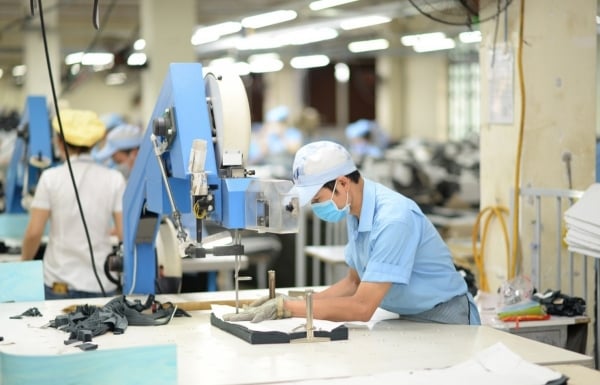
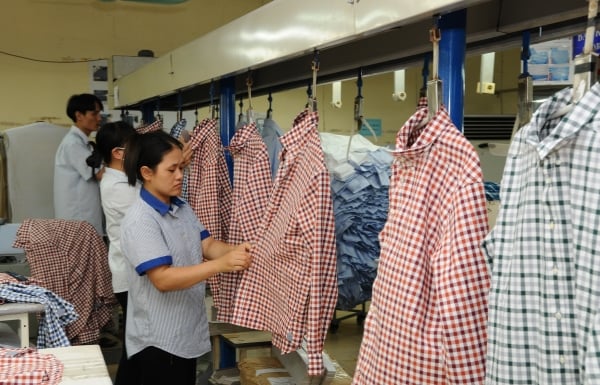
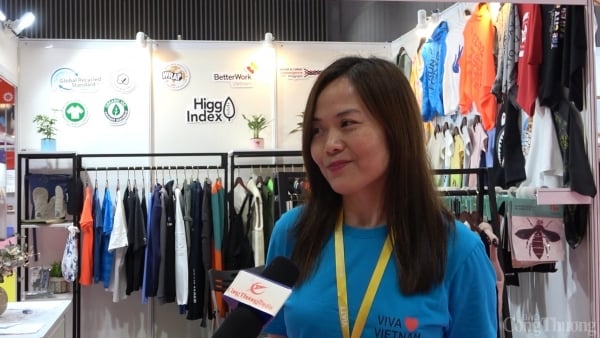
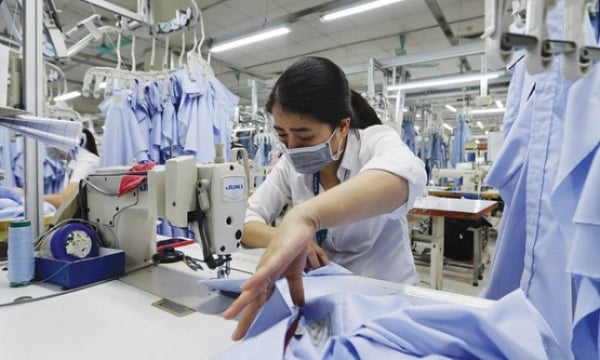



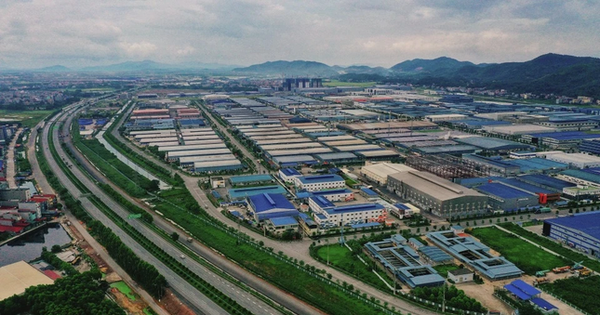
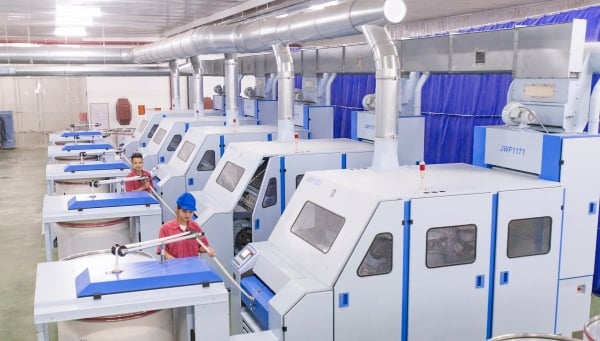
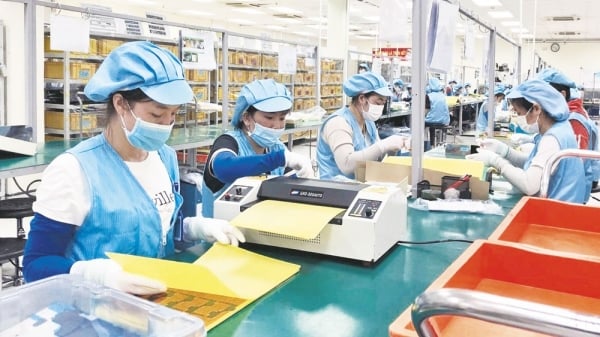

















































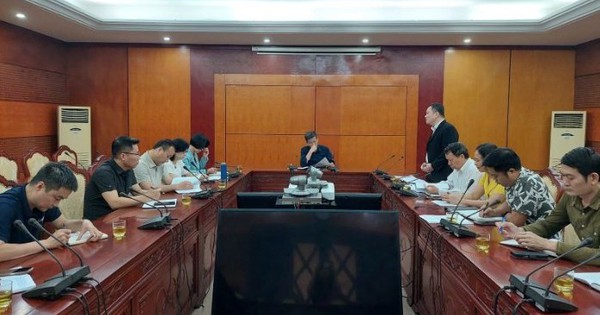





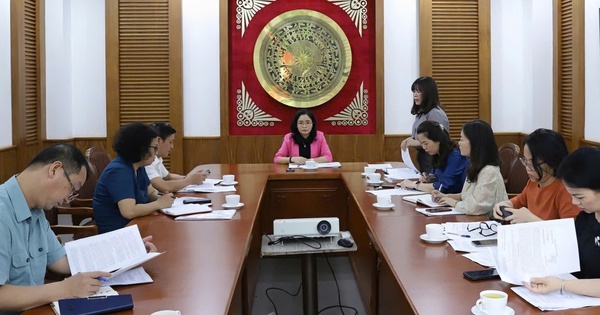

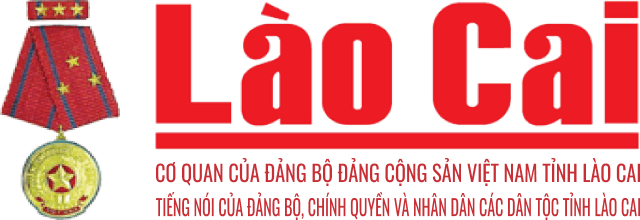






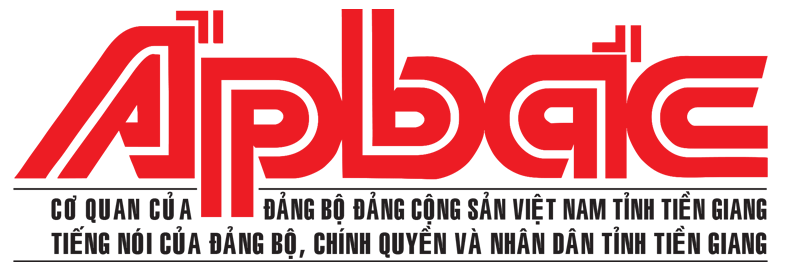













Comment (0)